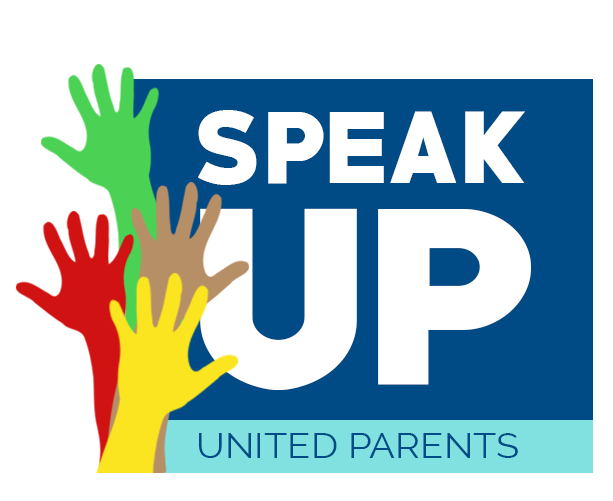Parents and Students Gear Up for Challenge of LAUSD's First-Ever All-Virtual Back to School
/Keesha Hollier, a parent of two LAUSD kids, ages 10 and 13, has spent the last month worrying about how she will oversee their distance learning while working full-time once school starts Tuesday.
“Both of my kids have autism, both attend special day classes and need one-on-one attention,” said the Carson-based nurse and single mom, who does not have the freedom to step away from her computer while on the clock, even though she works from home. “How am I going to log them both on, keep both of them occupied and supervise both of them while working?”
Hollier was really hoping that LAUSD would require teachers to record their live lessons so that she could help them with their schoolwork after her workday was done. She shared her concerns with the principal, who told her to “work it out with your teacher,” Hollier said. “They were rolling out something without asking the parents, ‘Is this going to work?’”
After talking to her kids’ teachers at Leapwood Avenue Elementary and Carson High School, though, she believes schools will be realistic that not all kids with special needs can “sit on a computer for that length of time,” and she hopes they will give kids like hers “some leeway.”
Meanwhile, as parents scramble to prepare for the first-ever all-virtual start to the school year, LAUSD Superintendent Austin Beutner unveiled an ambitious program to provide COVID-19 testing and contract tracing for all LAUSD students, staff and family members that may make it possible to safely reopen schools sooner rather than later.
Read More






















